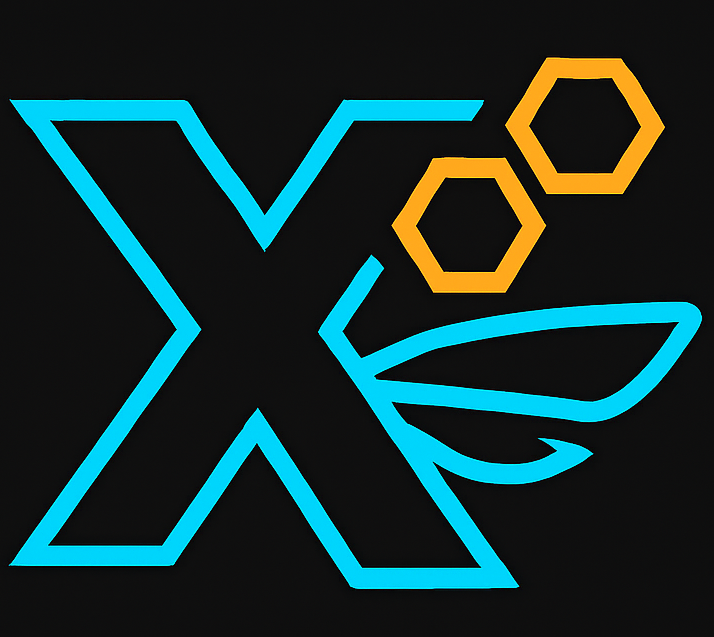After working with AI assistants on several projects, I started tracking token usage to understand where the inefficiencies were hiding. The patterns that emerged were eye-opening and led to some valuable insights about reducing waste in AI-assisted development.
Real Project Token Usage (30 days)
Understanding Token Distribution
To better understand where tokens were being consumed, I categorized usage across different aspects of the development process:
Where Your Money Actually Goes
- • Project structure explained 847 times
- • Coding standards repeated 1,243 times
- • Database schema re-described 492 times
- • Authentication logic: 23 versions
- • Form validation: 31 versions
- • API endpoints: 19 versions
- • Same utils.js file: 67 times
- • "Let me check what the other agent did"
- • "I'll need to understand the existing code"
- • "First, let me review the architecture"
- • Hallucinated imports
- • Conflicting implementations
- • Broken integrations
These numbers represent actual usage from a production project. While the costs add up quickly, understanding the breakdown helps identify opportunities for optimization.
"Most token waste comes from repeatedly explaining context that hasn't changed. This suggests a fundamental mismatch between how we work and how AI assistants are designed."
— Observation from usage analysis
The Context Loading Challenge
One of the biggest inefficiencies in current AI development workflows is that each session typically starts fresh, requiring full context to be reloaded. This pattern became clear when comparing different approaches:
Traditional AI Approach
The xSwarm Way
Analyzing Development Costs
To understand the impact of these inefficiencies, I modeled token usage for a typical SaaS MVP:
SaaS MVP Cost Calculator
Current AI Development
<div class="p-4 bg-green-900/5 border border-green-500/30 rounded-lg">
<h4 class="text-lg font-bold text-green-400 mb-4">xSwarm Architecture</h4>
<div class="space-y-2 mb-4">
<div class="grid grid-cols-3 gap-2 items-center text-sm">
<span class="text-gray-400">Base tokens</span>
<span class="font-mono text-gray-500">20 × 50K</span>
<span class="text-right font-semibold">1M tokens</span>
</div>
<div class="grid grid-cols-3 gap-2 items-center text-sm">
<span class="text-gray-400">Function reuse</span>
<span class="font-mono text-gray-500">-60%</span>
<span class="text-right font-semibold">400K tokens</span>
</div>
<div class="grid grid-cols-3 gap-2 items-center text-sm">
<span class="text-gray-400">Context reloading</span>
<span class="font-mono text-gray-500">× 0</span>
<span class="text-right font-semibold">None</span>
</div>
<div class="grid grid-cols-3 gap-2 items-center text-sm">
<span class="text-gray-400">Coordination</span>
<span class="font-mono text-gray-500">Isolated</span>
<span class="text-right font-semibold">Minimal</span>
</div>
</div>
<div class="pt-4 border-t-2 border-green-500 flex justify-between items-center text-lg font-bold text-green-400">
<span>Total Cost</span>
<div class="text-right">
<div class="text-sm text-gray-400">1.4M tokens</div>
<div>$28.00</div>
</div>
</div>
</div>Learning from Function Registries
One approach that showed promise was maintaining a registry of commonly used functions. Instead of regenerating similar code repeatedly, the system could reference and adapt existing implementations:
Token Economics of Function Reuse
"Reusing existing code isn't just about saving tokens - it's about building on tested, working solutions rather than reinventing them."
— Key insight from implementation
Reducing Coordination Overhead
Another significant source of token waste comes from coordination between multiple AI agents or sessions:
- Repeated questions about project state
- Overlapping work on the same files
- Merge conflict resolution
- Duplicate implementations
One effective approach is to design workflows with clear task boundaries and minimal inter-agent communication. This reduces the tokens spent on coordination while improving overall efficiency.
Understanding the Cost Impact
When we look at the actual numbers from production projects, the potential for improvement becomes clear. Teams using traditional AI development approaches often see monthly costs in the thousands of dollars per developer, with the majority spent on repetitive tasks.
By implementing better token management strategies - such as function registries, optimized context loading, and reduced coordination overhead - teams have reported cost reductions of 80-90%. These aren’t theoretical numbers but actual results from teams who’ve taken the time to optimize their workflows.
"The most surprising finding wasn't how much we could save, but how quickly small optimizations compound. A 10% improvement in context efficiency can translate to thousands of dollars saved over a project's lifetime."
— Team lead after workflow optimization
Optimizing Context Loading
One of the most effective optimization strategies is to provide focused, minimal context:
- Clear task descriptions
- Only relevant code interfaces
- Specific dependencies needed
- Expected output format
This approach reduces token usage while often improving the quality of AI-generated code by eliminating irrelevant information.
Key Takeaways
Through careful analysis and experimentation, several patterns emerged for reducing token waste:
Common Sources of Token Waste
Repeatedly explaining unchanged project structure and requirements
Creating similar utilities and functions from scratch each time
Managing state between multiple AI sessions or agents
Incomplete or incorrect implementations requiring rework
"The real insight isn't that AI development is expensive - it's that most of the expense comes from inefficient workflows rather than the technology itself. This is actually good news because it means we can improve."
— Reflection on optimization opportunities
Practical Steps for Improvement
1. Track Your Usage
Start by measuring where tokens are actually being consumed. You can't optimize what you don't measure.
2. Build a Function Registry
Catalog commonly used functions and patterns. Even a simple document can help reduce regeneration.
3. Optimize Context Loading
Develop templates for common tasks that include only essential context.
4. Design for Isolation
Structure tasks to minimize coordination overhead between AI sessions.
Moving Forward
The patterns and approaches discussed here emerged from real-world experimentation with AI-assisted development. While tools like xSwarm implement many of these optimizations automatically, the underlying principles can be applied to any AI development workflow.
The key insight is that most token waste isn’t inherent to AI technology - it’s a result of how we structure our interactions with AI assistants. By understanding these patterns and designing better workflows, we can make AI development both more efficient and more affordable.
This is an evolving field, and there’s much more to learn. If you’ve discovered other effective patterns for reducing token waste, the community would benefit from hearing about them. Together, we can make AI-assisted development accessible to more teams and projects.

